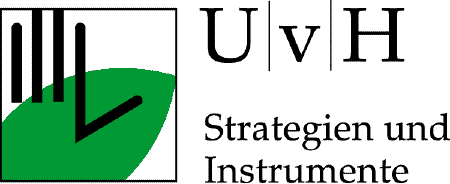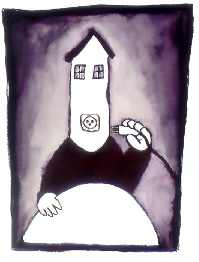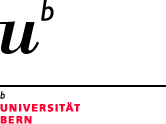Interfakultäre Koordinationsstelle für Allgemeine Ökologie (IKAÖ) |

Forschung

Environmental Taxation of Real Estate
Fabrizio Carlevaro, Prof. Dr.
Myriam Garbely, Dr. ès sciences économiques et sociales
Peter Häfeli, Architekt
Tobias Müller, Dr. ès sciences économiques et sociales
Alastair McFarlane
Willi Weber, Prof., Architekt

|
"The goal of this project is to show how the appropriate incentive taxes encourage the diffusion of energy-conserving technology in the building sector." Myriam Garbely |
Goals
In this project, we will examine the incidence of a variety of residential energy policies on energy use and their impact on the environment. More specifically, we hope to show how these policies may contribute to the protection of the environment and economic and social development, in particular by encouraging the diffusion of technological improvements in energy conservation
The proposed policies will be applied to the housing sector, one of the largest consumers of polluting energy. In particular, we will consider fiscal polices where the level of the tax or subsidy would depend on the energy efficiency of buildings. The aim of such a tax policy would be to provide economic incentives for investment in energy saving equipment and for retrofitting.
Questions
- Which kind of environmental policies influence the choice of the quality of energy-conserving equipment of residential buildings at the time of construction or retrofitting ?
- What are the environmental and economic impacts of a direct tax on energy inefficiency in the building sector? What are the costs and benefits of such instruments in comparison to conventional regulatory or tax instruments (carbon tax, energy tax)?
Methods
The primary analytical tool of the project is a model of investment in housing together with the choice of the environmental quality of housing, taking into account how energy demand depends on the service flow provided by the capital. This behavioral model will be used to put forward, first, the direct impacts of the proposed instruments, and then, their indirect consequences, desirable or not.
The model of housing investment combines, on one hand, technical knowledge concerning the quality of the energy-saving capital and its evolution, and on the other hand, behavioral hypotheses derived from economic theory.
The direct impacts of the proposed policies are studied within a partial equilibrium model, whereas the indirect impacts are shown in a dynamic computable general equilibrium model.
Myriam Garbely
CUEPE (Centre universitaire d'étude des problèmes de l‘énergie)
Université de Genève
![]()
